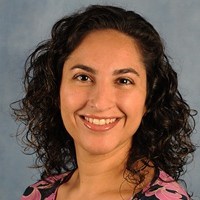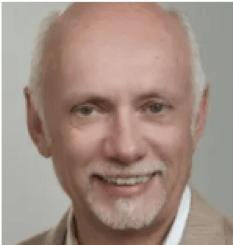TheReasonsWhy.us
Scientific Advisory Board
The members of our Scientific Advisory Panel are:

Dr. Haneen Abdella, M.D., oncologist at Miami’s Nicklaus Children’s Hospital, graduated from the University of Miami Miller School of Medicine before completing her Pediatric Residency in 2009. She fulfilled her Fellowship in Pediatric Hematology Oncology at Emory University, where her research earned her the award for Best Basic Science Young Investigator Abstract at the Children’s Oncology Group Meeting, September 2012.

Dr. Brenda Birmann, ScD, Assistant Professor of Medicine in the Channing Division of Network Medicine at Brigham and Women’s Hospital and Harvard Medical School. Her research focuses on the epidemiology of hematopoietic malignancies, on oncogenic virus infections, and on the assessment of immune dysfunction for epidemiologic studies.



Dr. Michael Scheurer, PhD, MPH, Professor of Pediatrics at Baylor College of Medicine, where he also directs the Texas Children’s Cancer Center Epidemiology Program. His research examines molecular risk factors for childhood cancers, and he collaborates on large international consortium studies of a variety of risk factors for childhood leukemias and other cancers.

